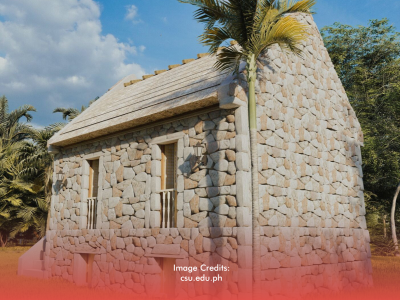The scheduled closure of the Kalangitan landfill in Capas, Tarlac, in October has raised significant concerns throughout Central and Northern Luzon. This facility manages around 4,000 tons of waste each day, including hazardous hospital waste, and serves approximately 15 million residents along with 400 hospitals and clinics. The Bases Conversion and Development Authority (BCDA) and Clark Development Corp. (CDC) have decided not to renew their 25-year agreement with Metro Clark Waste Management Corp. (MCWMC), potentially triggering a major waste management crisis in the region.
Protests from Local Governments and Stakeholders
Leaders from local governments, businesses, and economic zones are planning a protest against the landfill's closure. At a meeting held by the National Solid Waste Commission, concerns were voiced about the possible environmental and health impacts of this decision. The Environmental Management Bureau of Region 3 confirmed the closure plans, which has caused alarm among officials from Regions 1, 3, and the Cordillera Administrative Region.
A petition addressed to Environment Secretary Ma. Antonia Yulo-Loyzaga and regional officials of the National Solid Waste Management Commission underscored the essential role of the Kalangitan facility. Handling over 4,000 tons of waste daily, it is the only sanitary landfill in the region that complies with the environmental standards set by Republic Act 9003. The petition highlighted the lack of viable alternatives, as other facilities are too small, non-compliant, or financially impractical for local governments.
Economic and Environmental Repercussions
The potential closure of the Kalangitan landfill poses a serious threat to major economic zones like Subic and Clark, which depend on efficient waste disposal for their households and industries. Kalangitan is the only facility in the Philippines capable of managing such a large volume of waste, including treated hazardous and hospital waste from all over the country. Over 120 local government units in Central and Northern Luzon, including key cities and provinces, rely on this landfill.
BCDA and CDC's plans to convert the landfill into a tourism-oriented development have been criticized as irresponsible and disruptive. The Kalangitan landfill's capacity to handle 4,000 tons of waste daily at a lower cost to local governments makes it far more efficient than the alternative landfill in Floridablanca, Pampanga, which has yet to obtain the necessary permits from regulatory agencies.
Urgent Need for Sustainable Waste Management Solutions
With the closure deadline fast approaching, there is an urgent need for sustainable waste management solutions in Central and Northern Luzon. Local government officials and environmental officers are advocating for the continued operation of the Kalangitan landfill. They warn that without this facility, the region faces an immediate and severe waste management crisis, jeopardizing the health and safety of millions of residents and the environment.








